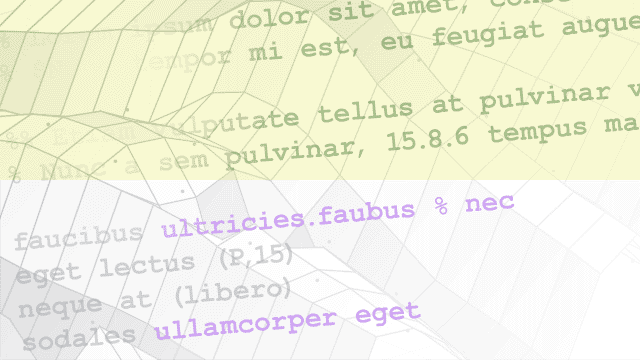Price Interest-Rate Instruments
An interest-rate instrument is a derivative with a value that is linked to the movement of interest rates. This toolbox provides functionality to price, compute sensitivity, and perform hedging analysis for many interest-rate securities. You can price bonds, floating-rate notes, vanilla swaps, futures, bond options, amortizing bonds, CMS, caps, and floors with pricing models that include lattice models, Monte Carlo simulations, and multiple closed-form solutions.
The object-based framework supports a workflow for creating instruments, models, and pricer objects to price financial instruments. Using these objects, you can price interest-rate, inflation, equity, commodity, FX, or credit derivative instruments. The object-based workflow is an alternative to pricing financial instruments using functions. Working with modular objects for instruments, models, and pricers, you can easily reuse these objects to compare instrument prices for different models and pricing engines. You can use the object-based workflow to price a single instrument or to price a collection of instruments in a portfolio. For more information on the workflow, see Get Started with Workflows Using Object-Based Framework for Pricing Financial Instruments.
Create an interest-rate instrument with or without optionality.
To create an interest-rate instrument object without optionality, use
fininstrument, associate aratecurveobject usingratecurve, and then specify a pricing method usingfinpricer.To create an interest-rate instrument object with optionality, use
fininstrument, associate aratecurveobject usingratecurveand a model object usingfinmodel, and then specify a pricing method usingfinpricer.
Functions
Objects
Topics
- Calibrate Shifted SABR Model Parameters for Swaption Instrument
Calibrate model parameters for a
Swaptioninstrument when you use aSABRpricing method. - Calibrate SABR Model Using Normal (Bachelier) Volatilities with Analytic Pricer
This example shows how to use two different methods to calibrate the SABR stochastic volatility model from market implied Normal (Bachelier) volatilities with negative strikes.
- Calibrate SABR Model Using Analytic Pricer
This example shows how to use two different methods to calibrate a SABR stochastic volatility model from market implied Black volatilities.
- Price a Swaption Using SABR Model and Analytic Pricer
This example shows how to price a swaption using the
SABRmodel. - Historical Value-at-Risk Estimation with US Treasury Bonds
This example shows how to estimate the value at risk (VaR) for a portfolio of US Treasury bonds by using both the historical and filtered historical VaR methods.
- Get Started with Workflows Using Object-Based Framework for Pricing Financial Instruments
Use objects to model and price financial instruments.
- Choose Instruments, Models, and Pricers
Select instruments, associated models, and associated pricers.
- Work with Negative Interest Rates Using Objects
Financial Instruments Toolbox™ computes prices for caps, floors, swaptions when modeling for negative interest-rates using the object framework.
- Mapping Financial Instruments Toolbox Functions to Object-Based Framework for Instruments, Models, and Pricers
Mapping functions to a workflow using objects for instruments, models, and pricers.
- Supported Exercise Styles
The following table lists the interest-rate instrument objects with their associated models and pricers and supported
Exercisestyles.






